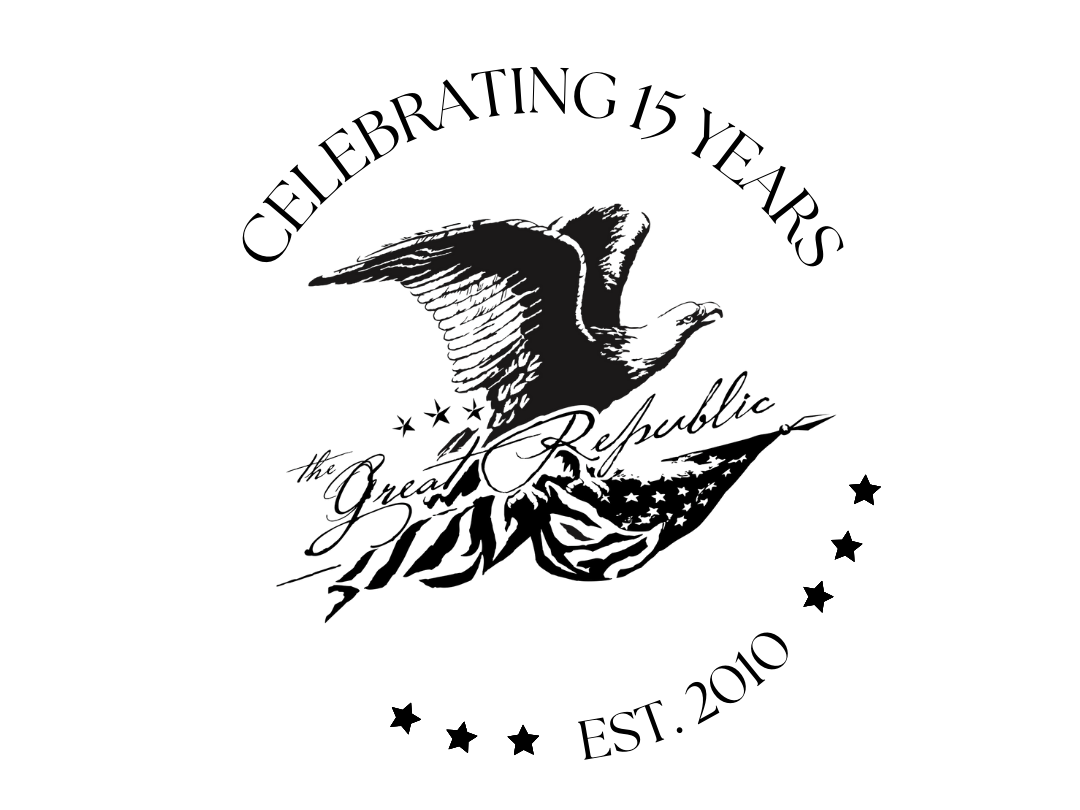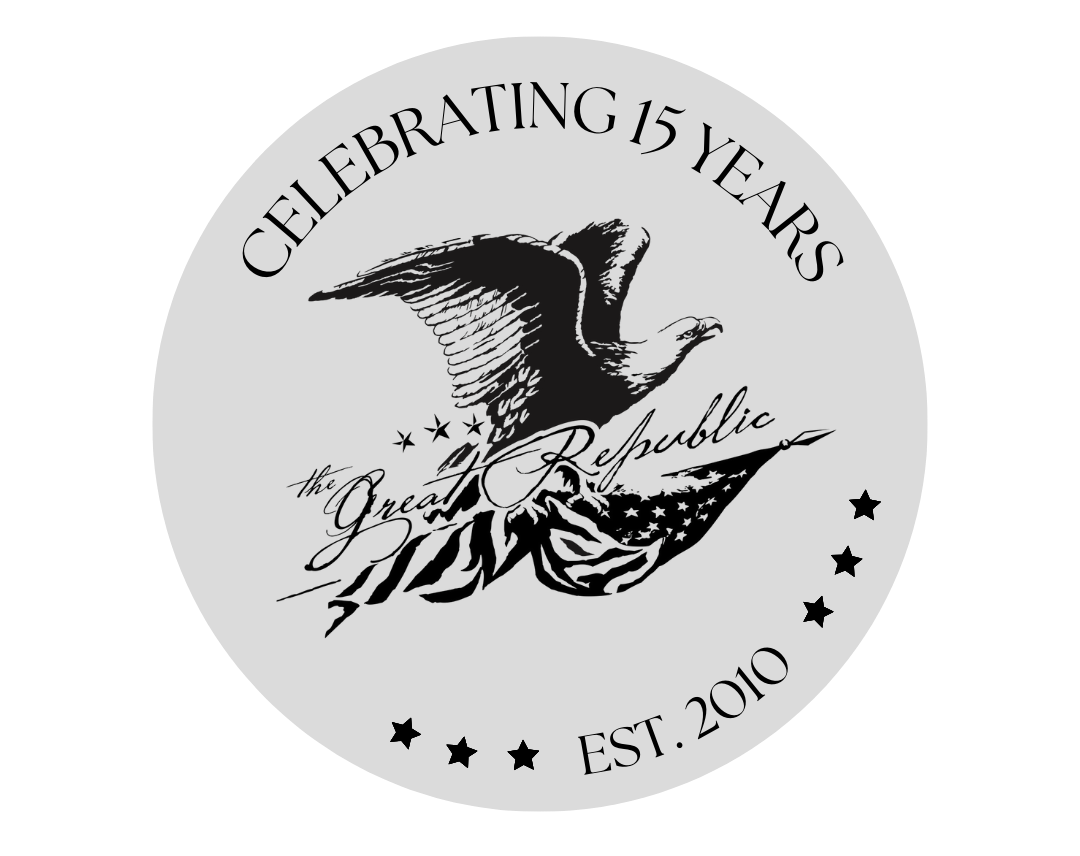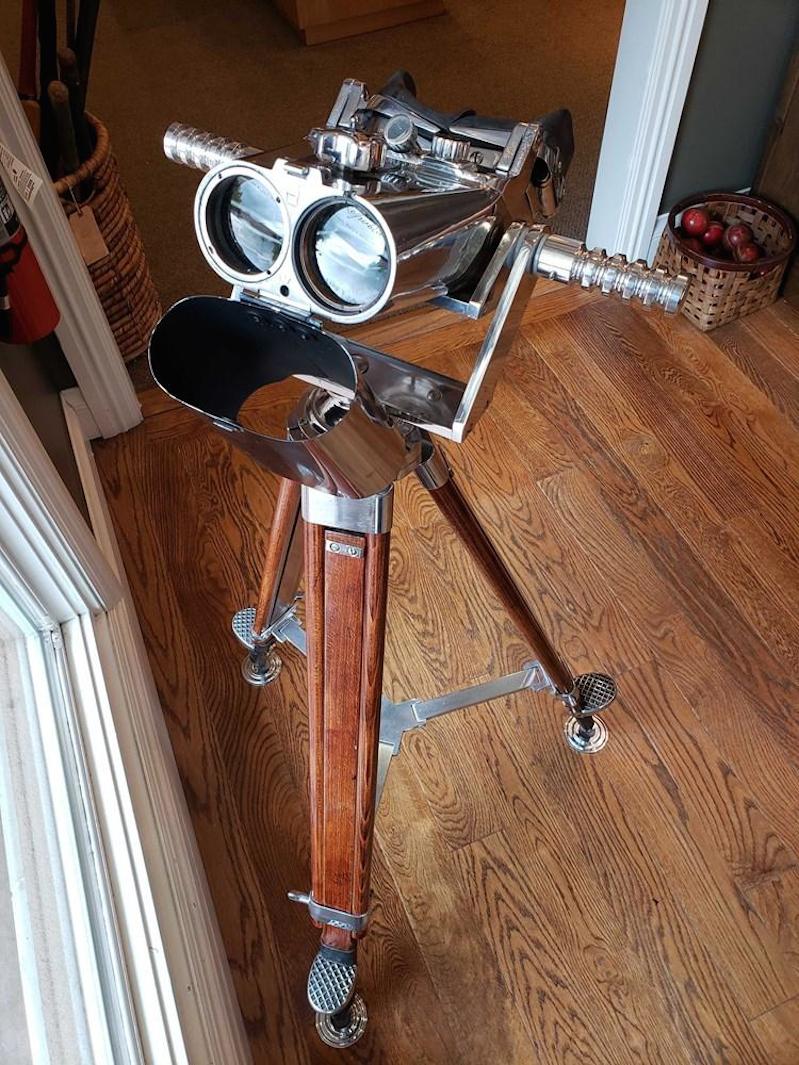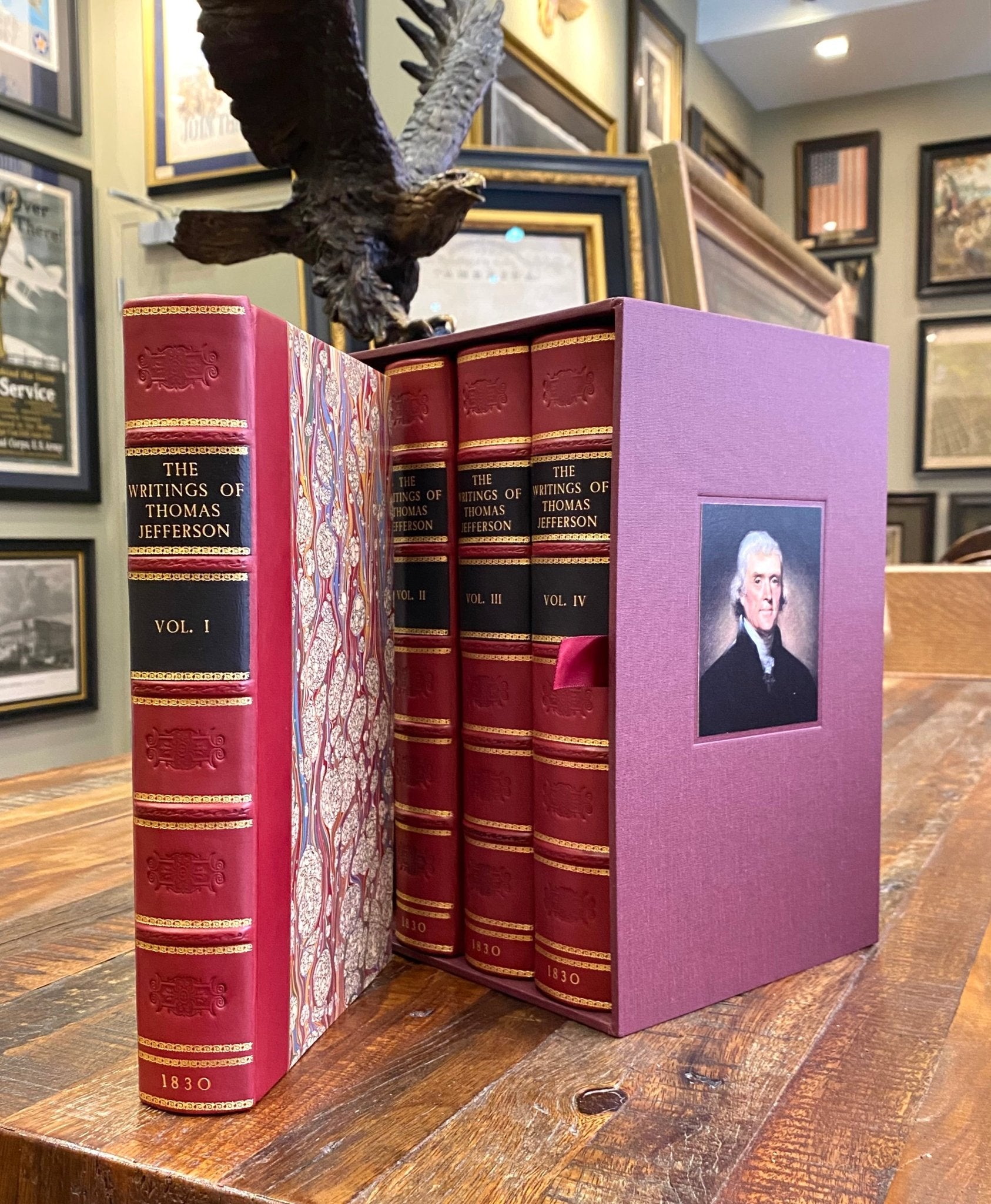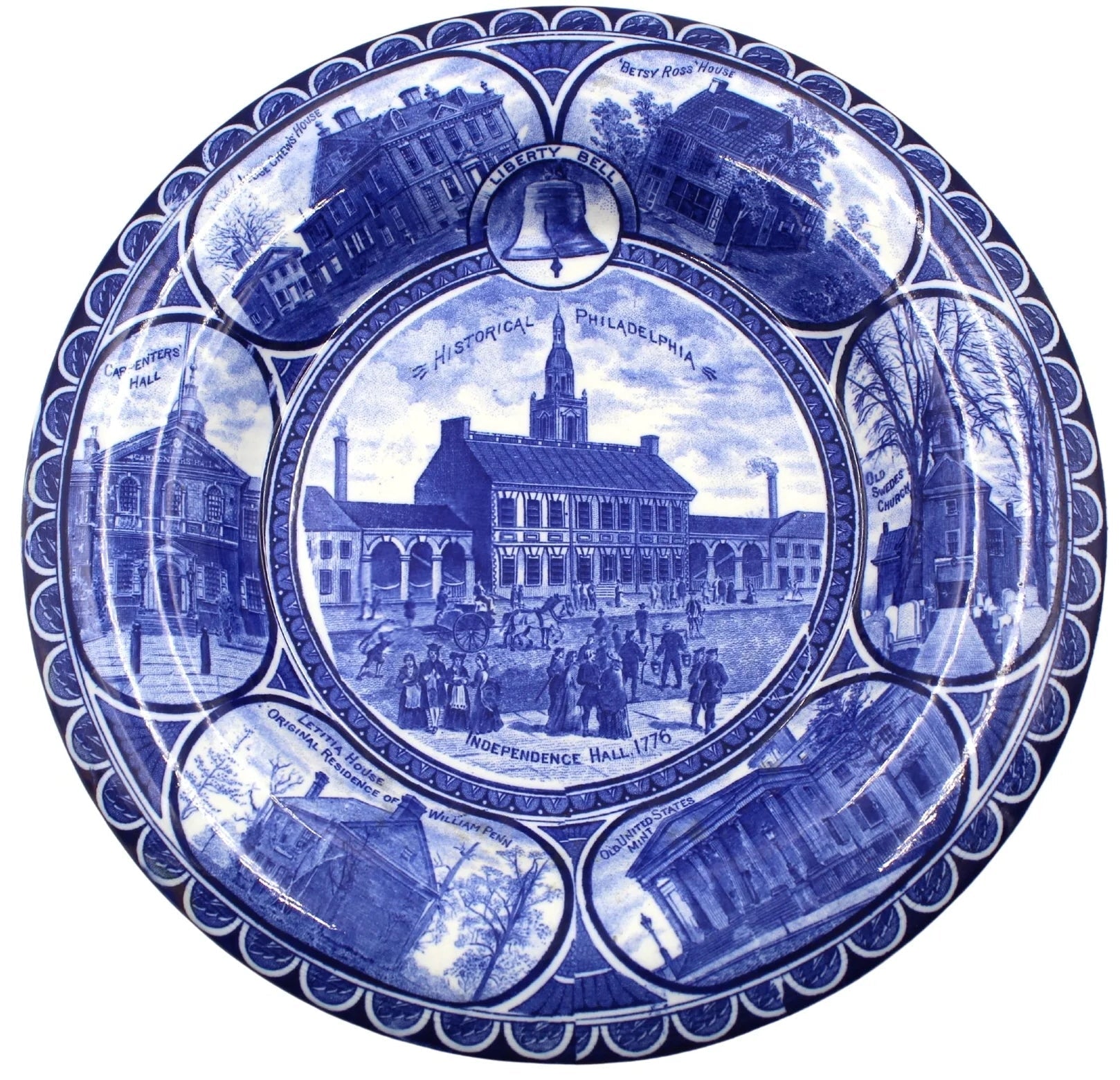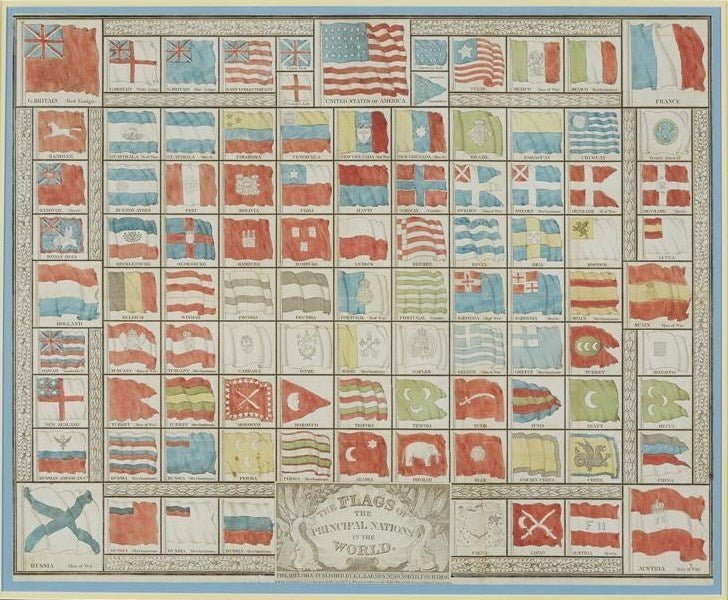Capturing a Bird's-Eye View
Have you ever seen a bird’s-eye view map, and wondered how they made it?
Bird’s-eye views portray cities or towns as if they are being viewed from above. The perspective presents an aerial view, somewhat distorted to represent the maximum number of streets and blocks possible in one view. Bird’s-eye views have been used as valuable resources for local history and architectural research. Today, they provide the viewer with an unique understanding of the landscape of a city or town, with charming details.
Bird's-eye view maps were popularly produced in America from around the time of the Civil War, in the 1860s, through the 1920s. These views, however, were inspired by the European practices of the 16th and 17th centuries that portrayed cities and landscapes from an aerial view. In contrast, European city views were oftentimes hypothetical or inspired, rather than strictly accurate.Post the American Civil War, the expansion and development of various cities and towns fueled the production of detailed and impressive bird’s-eye views, and mapmakers took pride in the amount of detail that they were able to portray.
These panoramic maps were usually independently published, and these publishers often employed artists for the task. The first step in designing a bird’s-eye view was often to produce an overarching pattern, mapped out with the help of other atlases or city plans. An artist would then typically begin the process by sketching the layout of the town from a nearby hilltop, to capture a 3D view. They also walked the streets, sketching the buildings and prominent markers along the way. This took time and patience, to ensure that significant details were accounted for, as well as more subtle aspects of the city plan were represented. Artists would even include charming and whimsical details, such as smoking chimney stacks and ships out in harbors. Though the bird’s-eye view was a more artistic approach to mapping and representing a city, the views were also expected to be accurate. Correctly labeled street names, titles of institutions and even the names of some private homes were crucial to representing the city properly.
These bird’s-eye views promoted development and growth. Once the views were printed, they would have been sold to local residents or businesses. For businesses, the views were a representation of their town or city that also helped to promote their own business.
This is an unusual and rare 1921 large-format William Olsen bird's-eye view of Washington, D.C. and environs in its first edition. The map is oriented towards the southwest, with the view depicting the city from the U.S. Capitol Building south to Virginia and Maryland. The map is detailed with individual buildings throughout Washington and numerous locations labeled.
This innovative cross between view and map appears to have been John Bachmann’s own invention, and it gives an intriguing and different perspective on the conflict. John Bachmann was one of America's leading viewmakers, having been responsible for some of the finest New York City views.
